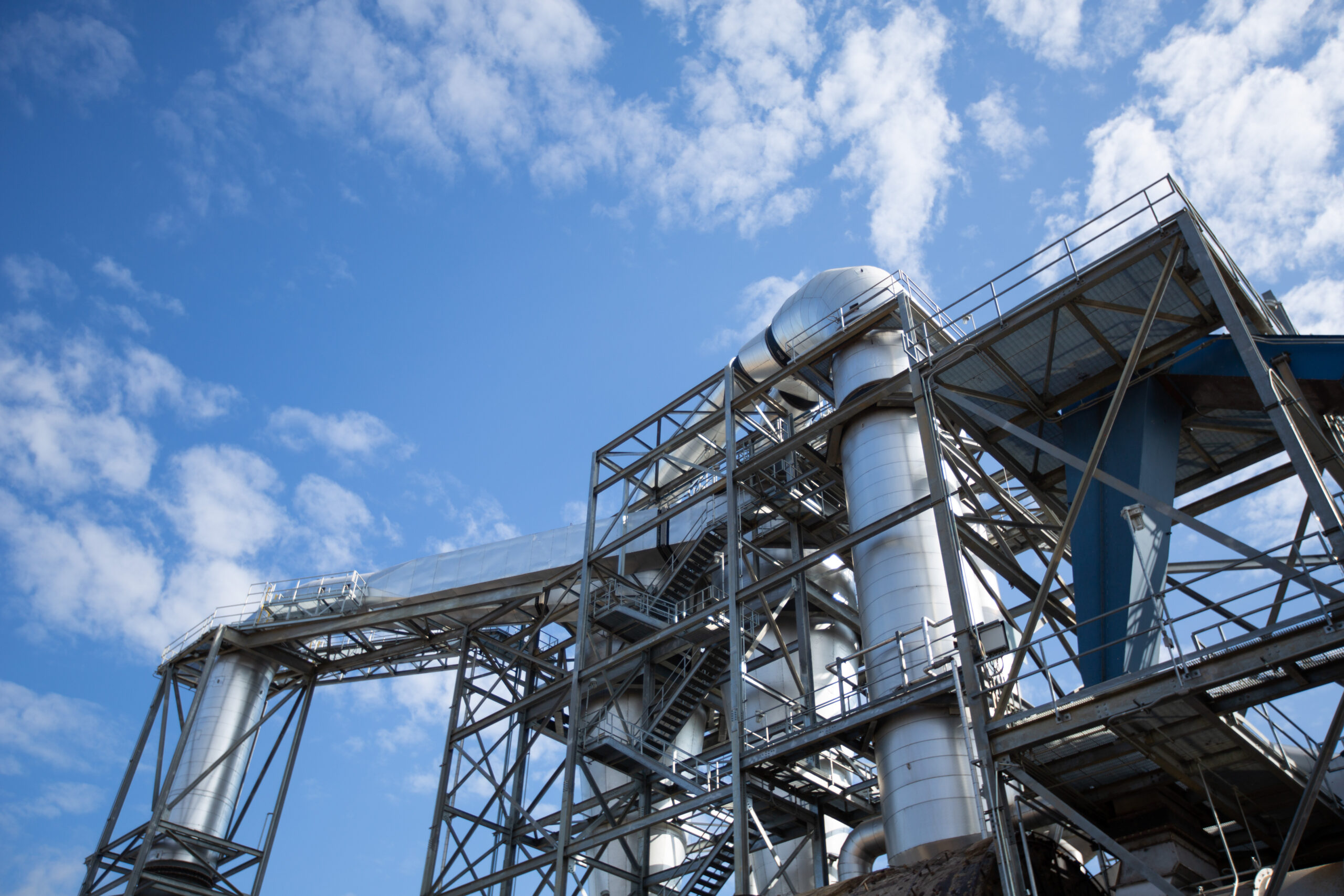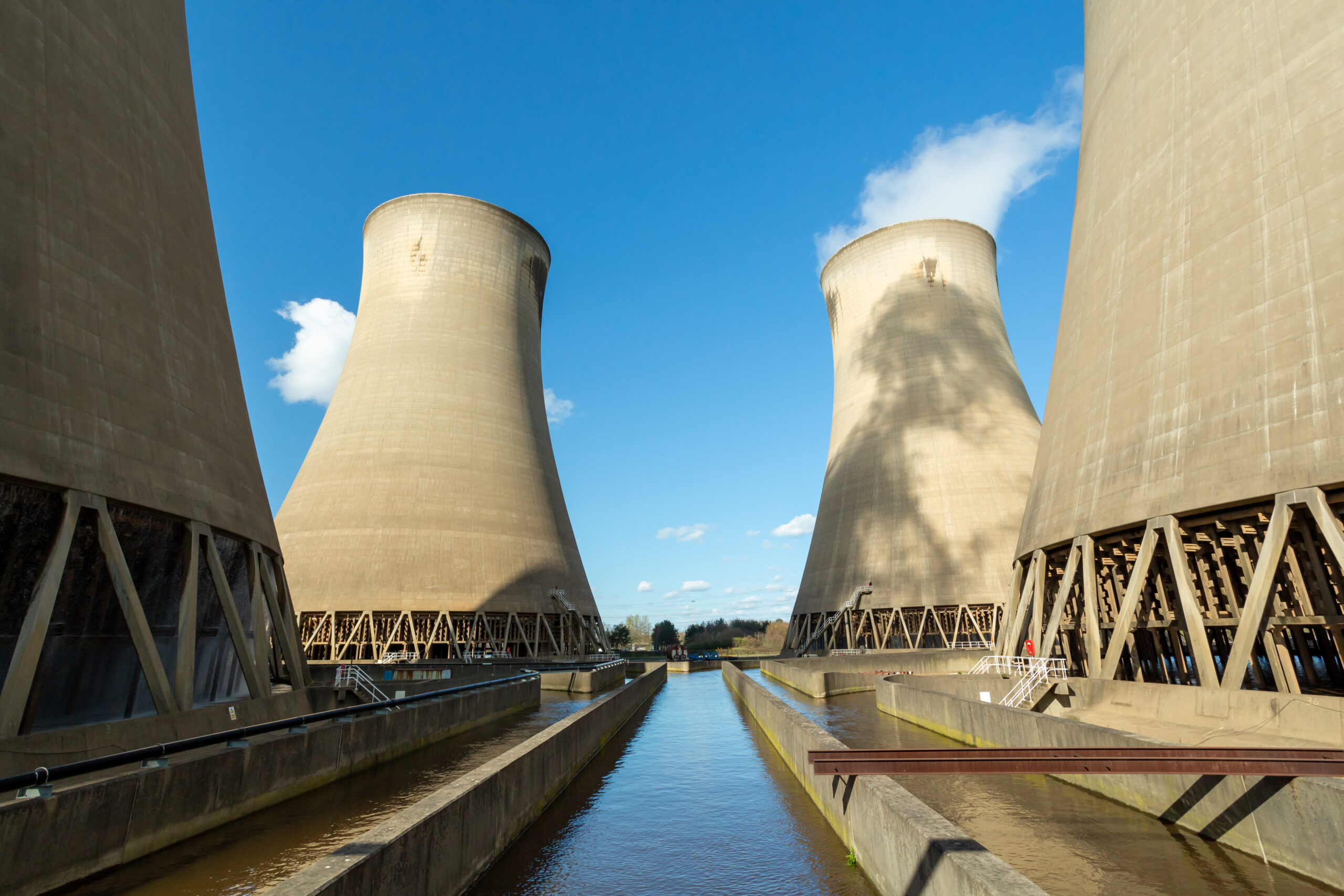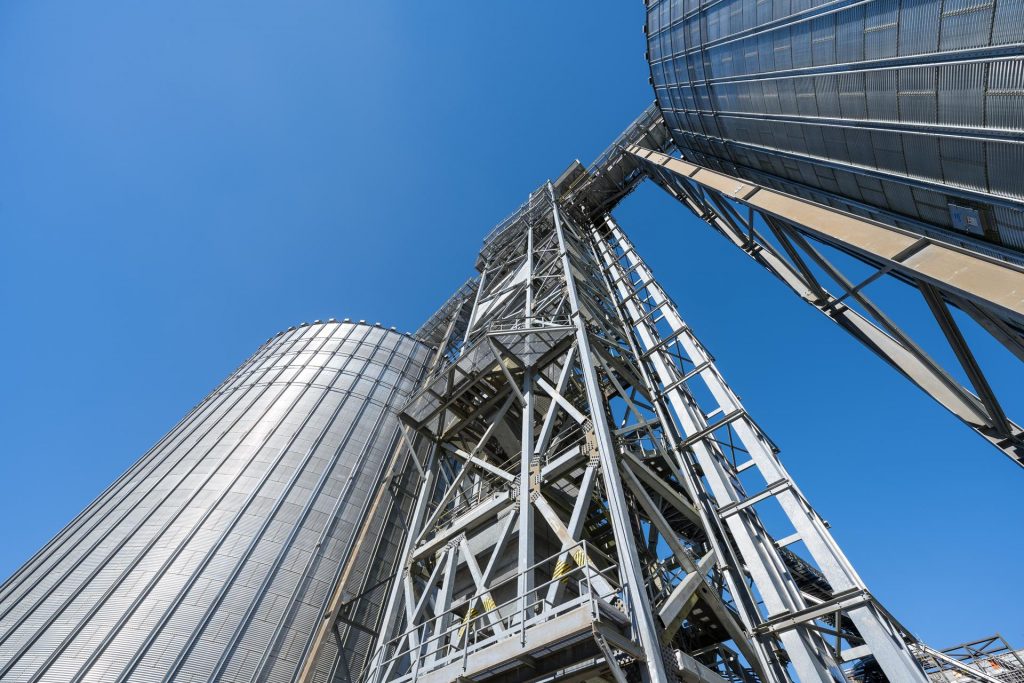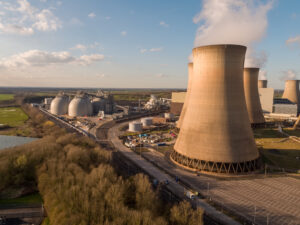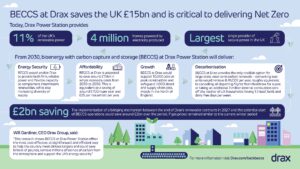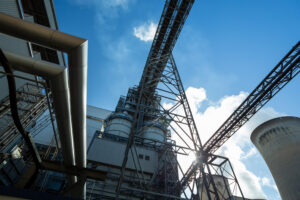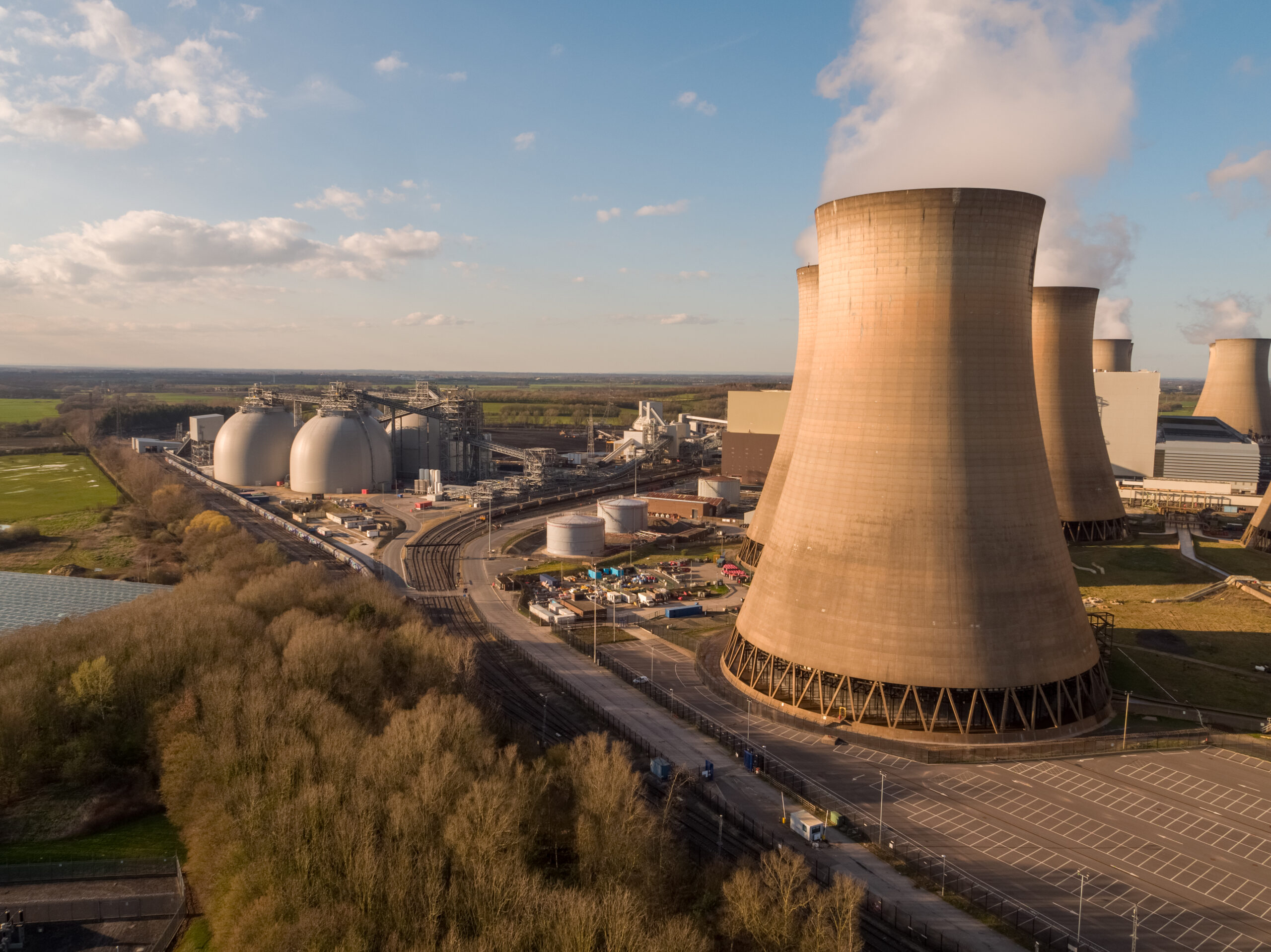
This interview appeared first in Newsweek Investment Reports.

Given the recent energy challenges in Europe, especially since the war in Ukraine, how do you view Drax’s transition from fossil fuels to biomass? Do you believe this model is scalable and reliable enough to meet Europe’s long-term energy demands amidst geopolitical instability?
The war in Ukraine has demonstrated how critical biomass can be as an alternative energy source and its role in the energy transition. While solar and wind are often seen as the core renewable energy technologies, they aren’t always reliable, especially when there’s no wind or sun. Biomass serves as an essential solution that offers the same stability and reliability as coal but without the associated CO2 emissions. It provides critical ancillary services to the grid, like inertia and reactive power, similar to large-scale thermal plants, making it a valuable asset in ensuring energy supply.
However, it’s important to recognize that biomass should not be the primary energy source. Its usage must be sustainable, meaning there have to be clear rules on sourcing feedstock. At Drax, our transition from coal to biomass has been guided by strict sustainability requirements, ensuring that the biomass we use is renewable and responsibly sourced.
Can you briefly explain what biomass is and how it fits into Drax’s operations?
Biomass involves using sustainable wood pellets instead of fossil fuels to generate power. Drax, originally the largest coal-fired power station in Western Europe, underwent a significant transformation over the past two decades to switch from coal to biomass. Today, instead of burning coal, we use around 7 to 8 million tons of wood pellets annually, primarily sourced from the southeastern U.S. and western Canada.
The transition involved building a new supply chain tailored to biomass, which includes customized storage, logistics, and transport processes. Once the biomass reaches our power station, it’s used in the boilers to generate electricity in a way that’s similar to coal-fired generation, but with a much lower carbon footprint.
Drax has set a goal to be carbon negative by 2030. How do you plan to achieve this, and what role will carbon capture and storage play in the process?
Biomass is already a low-carbon power generation method, but by incorporating carbon capture and storage (CCS), we can take it a step further. Our plan is to install carbon capture units at our UK power station starting in 2027, with the goal of being fully operational by 2030. This technology will capture the CO2 emissions that come out of the power station and store them under the North Sea, effectively making our operations carbon negative.
Once fully operational, this process will remove 4 million tons of CO2 annually from the atmosphere. To put this into perspective, capturing 8 million tons of CO2 is equivalent to installing heat pumps in every home in Birmingham, the UK’s second-largest city.
How do you ensure that the biomass you source is sustainable and doesn’t contribute to deforestation?
The sustainability of biomass hinges on it being a renewable resource. This means that the CO2 absorbed by trees as they grow is released when we burn the pellets but is reabsorbed by new trees, maintaining a balanced cycle within the biosphere. Unlike fossil fuels, which release CO2 that’s been locked in rocks for millions of years, biomass doesn’t add new carbon to the atmosphere.
To ensure sustainability, all our biomass is sourced from forests that are actively regenerating, with no contribution to deforestation. In fact, the forests we source from are required to have increasing or stable carbon stocks. In the southeastern U.S., where most of our pellets come from, carbon stocks have been steadily growing since the 1950s. Additionally, strict limits are in place for CO2 emissions throughout the supply chain, from pellet production to transport, ensuring that biomass remains a low-carbon process.
Our sourcing practices are also rigorously documented and regulated, ensuring compliance with UK government standards. Importantly, the majority of our feedstock comes from byproducts such as sawdust and shavings from sawmills, contributing to a more well-managed forest ecosystem.
How do you integrate biomass with other renewable energy sources to create a reliable energy mix?
The UK’s energy system relies on a mix of different fuels, including wind, solar, gas, biomass, and hydro. Each source plays a different role in ensuring energy stability. For instance, on a sunny day with light wind, around a quarter of the UK’s power might come from solar, 13% from wind, 25% from gas, and 8% from biomass.
Biomass is unique because it’s a renewable, dispatchable energy source, meaning it can be turned up or down based on demand. This flexibility is crucial for maintaining a balanced energy system, especially when wind and solar aren’t generating power.
Drax’s strategy focuses on providing dispatchable renewable power to support the grid when other sources aren’t available, ensuring a reliable and stable energy supply.
As biomass continues to expand, particularly in North America, how do you plan to scale up operations, and what challenges do you anticipate for the industry?
The history of biomass power generation, especially over the last 25 years, has largely been about replacing coal, which is one of the most carbon-intensive fuel sources. As wind and solar become more affordable and widespread, the role of biomass will evolve. The next generation of biomass power stations will likely integrate carbon capture and storage, enabling biomass to act as a source of carbon removal.
For Drax, our plan is to build biomass power stations in the U.S. with integrated carbon capture and storage technology, which offers two key benefits: 24/7 green power and significant carbon removal. This combination is crucial for achieving net zero and meeting the growing demand for sustainable power, especially as technologies like AI drive increased energy consumption.
Why do you think biomass, despite being a significant part of the energy mix, isn’t as well-known as wind or solar energy?
Biomass tends to be more geographically specific. It’s an important part of the energy transition in countries like the UK, Germany, Denmark, and the Netherlands, where sustainable forestry is prevalent. In regions with fewer forests, like Southern Europe, it’s less common. Moreover, in places with consistent sunshine, like the Middle East, solar energy paired with batteries is often more viable. The visibility and relevance of biomass vary based on regional resources and energy needs.
How significant will carbon capture be in reducing emissions, and when do you think it will become a scalable solution?
Carbon capture is poised to play a crucial role in reducing emissions. The technology is proven and has been used by oil and gas companies for many years. The shift toward making carbon capture a viable business solution has gained momentum, particularly after COP26, with major players in the energy sector investing in this technology.
There are also growing incentives in countries like the U.S., Sweden, and Denmark, making carbon capture economically viable. By 2030, we expect to see the first significant projects, including ours in the UK and the U.S., with broader adoption occurring by the mid-2030s.
How do you educate the public about carbon capture and ensure they understand its importance in achieving net zero?
The need to achieve net zero is now widely accepted by the public and business leaders alike, especially as climate events like hurricanes, floods, and droughts continue to highlight the urgency of the situation. However, it’s crucial to convey that simply reducing emissions won’t be enough—we must also remove CO2 from the atmosphere to reach net zero.
We spend considerable time working with governments to ensure they understand this narrative, as government support is vital for driving the adoption of carbon capture technology. Once governments are on board, it becomes easier to communicate this message to the public, making carbon capture a more integral part of the green energy transition.








